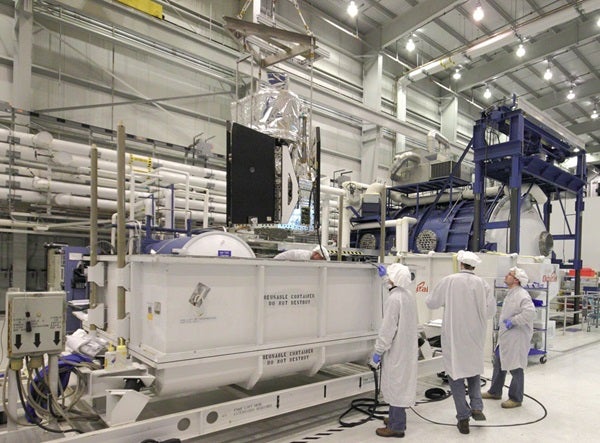Once it was in space, the Nuclear Spectrocoptic Telescope Array (NuSTAR) unfolded its long arm, separating its reflector and its detector. Without this special setup, it wouldn’t be able to capture the energetic hard X-rays that are its specialty. Watch the process in action in this video.
You’ve never seen a supernova up close. If you had, you would be dead and not reading this sentence. But scientists have a way to get a close look at processes that happen far, far away. They model these happenings on powerful computers, programming software to create virtual stars and black holes that behave as the real ones would in a given situation. In this video, astronomers simulated a star just before and just after a supernova explosion. NuSTAR showed that stars “slosh around,” a liquidity that’s reflected here.










